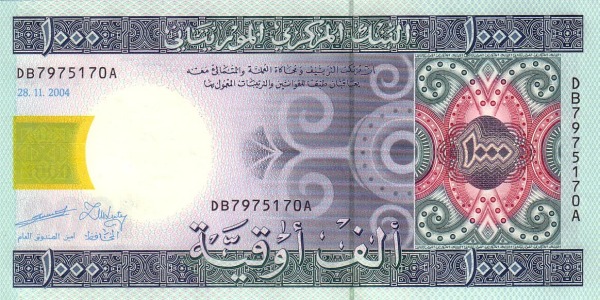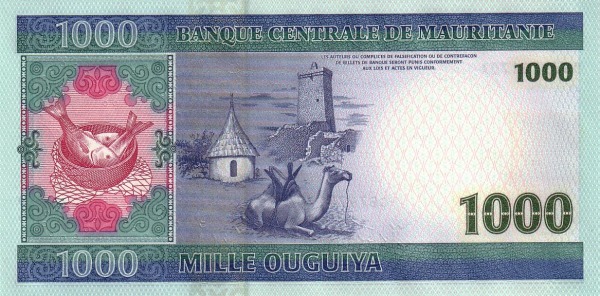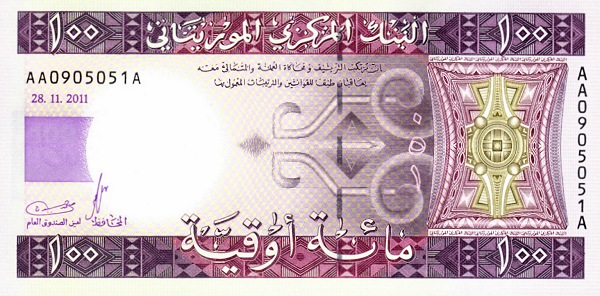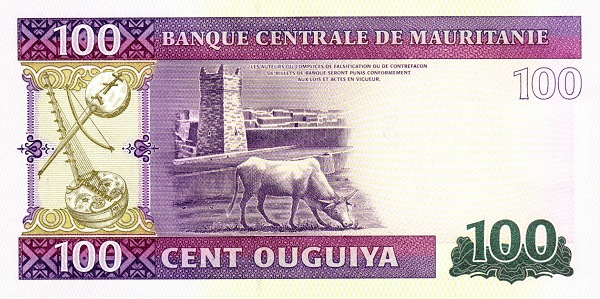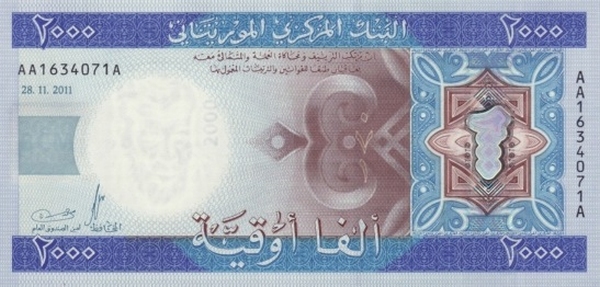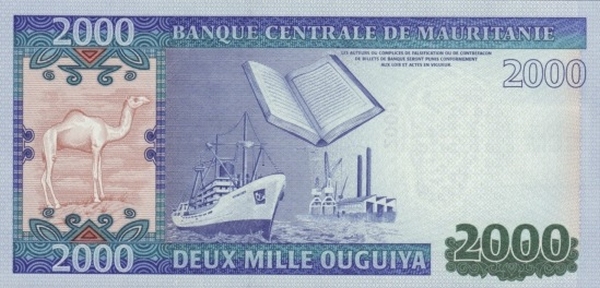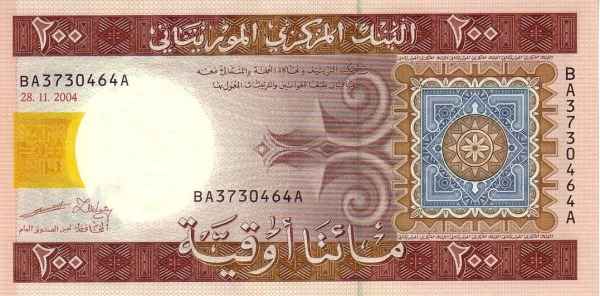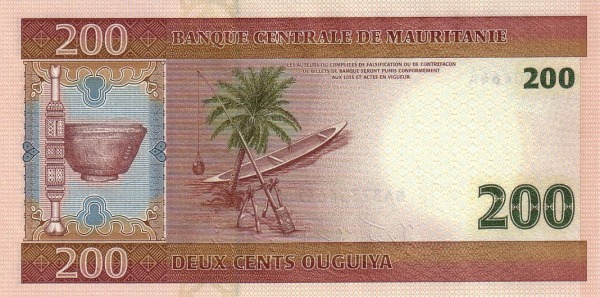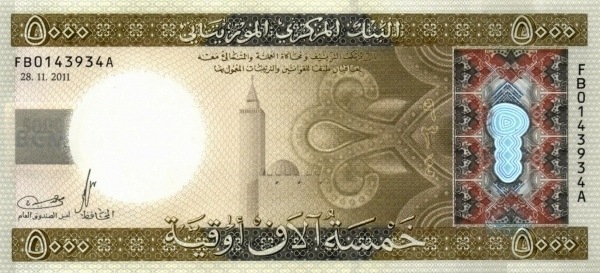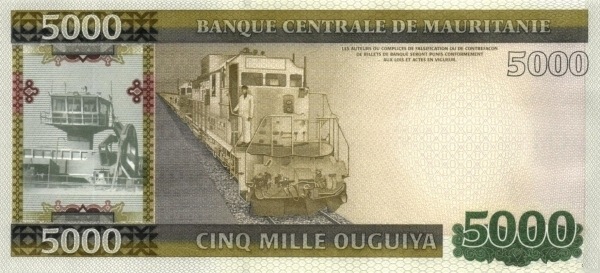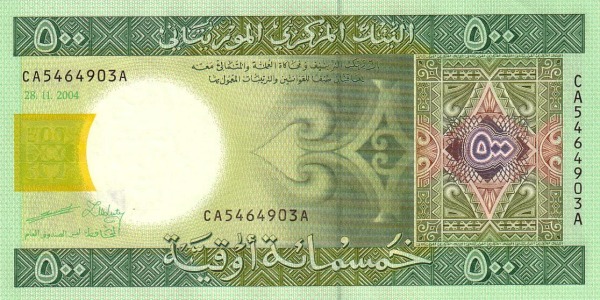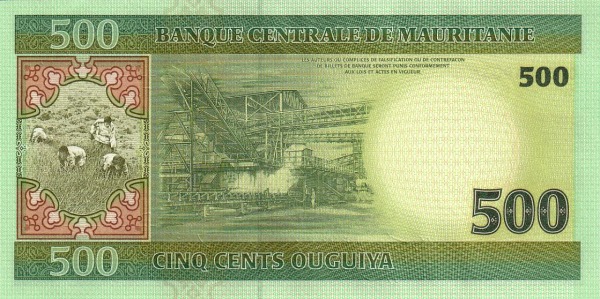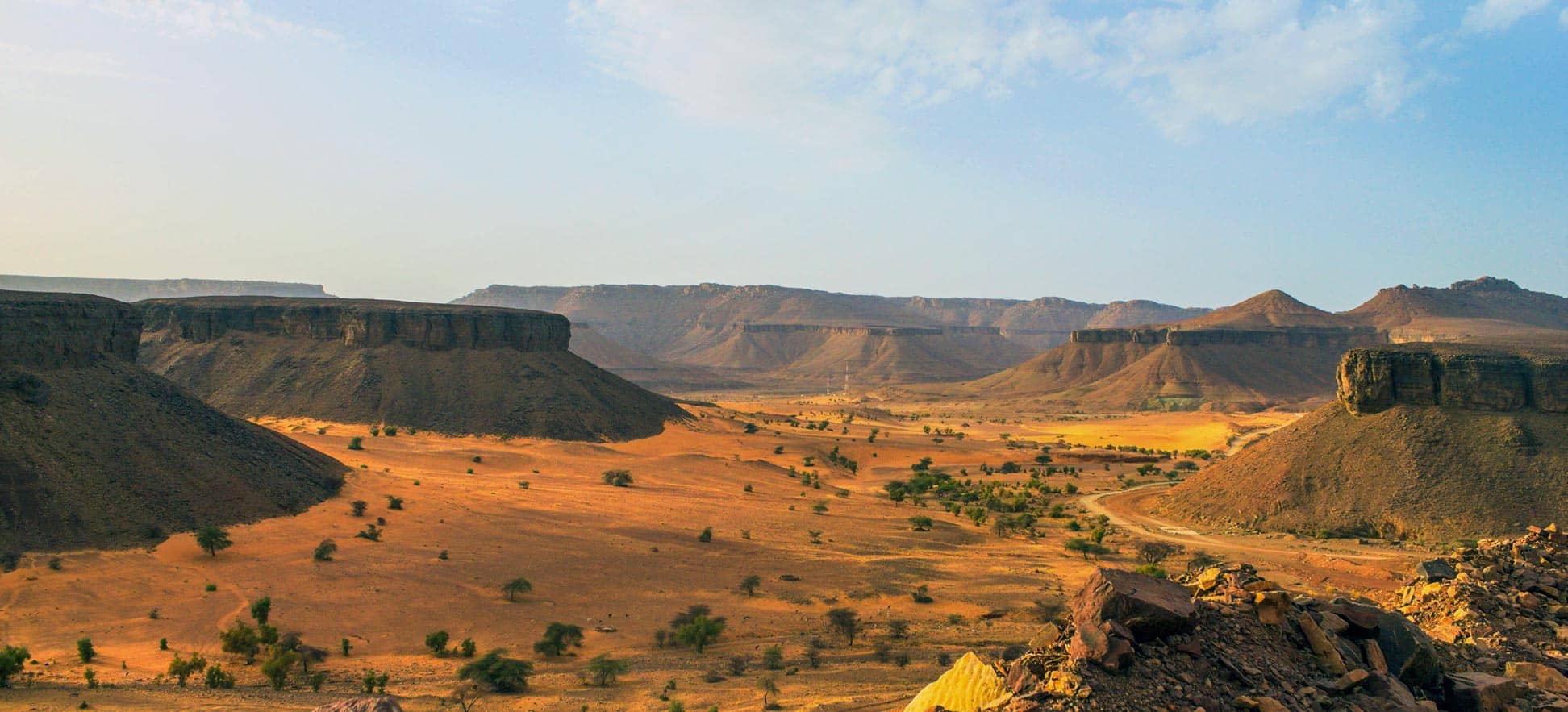Mauritania: A Glimpse into a Unique West African Nation
Mauritania, located in the heart of West Africa, boasts a geographic position that makes it a fascinating blend of cultures and landscapes. Bordered by Algeria to the northeast, Mali to the east and southeast, Senegal to the southwest, and Western Sahara to the northwest, this vast country embraces the North Atlantic Ocean to the southwest. With an impressive area of 1,025,520 km², Mauritania delivers a canvas of diverse environments—roughly double the size of Spain or slightly larger than the combined size of Texas and New Mexico.
Geographical Wonders of Mauritania
A significant portion of Mauritania is dominated by the Sahara Desert, which covers about three-quarters of its territory. This arid expanse gives way to the semi-arid Sahel region in the south, fostering a variety of ecosystems and wildlife. The stark contrast between the desert environment and the Sahelian greenery is truly mesmerizing, offering visitors unique landscapes that range from endless dunes to lush oases.
The Vibrant Population of Mauritania
As of 2019, approximately 4 million people call Mauritania home. The capital city, Nouakchott, rests comfortably between the sweeping dunes and the glistening ocean, housing about one-fourth of the nation's population. This bustling urban center serves as a cultural and economic hub, attracting people from various backgrounds.
Interestingly, the populace consists predominantly of Moors, who represent around 70% of the people. The Moors are a fascinating mix of Amazigh (Berber) and Arab descent. On the other hand, non-Arabic speaking African ethnic groups, including Wolof, Bambara, and Fulas, comprise about 30% of the population. This ethnic diversity contributes to the country's rich cultural tapestry.
Languages and Religion in Mauritania
The official languages spoken in Mauritania include Arabic and Wolof, while French also plays a vital role in communication, particularly in formal settings. In terms of religion, Mauritania is predominantly Islamic, with Sunni Islam being the faith of the majority. The legal currency is the Ouguiya; however, many citizens favor using the Euro for transactions, indicating a blend of traditional and contemporary influences.
A Historical Perspective on Mauritania
Transitioning to a historical overview, Mauritania gained independence from French colonial rule in 1960. The following fifty years presented a tumultuous phase characterized by an authoritarian one-party regime, flawed elections, and multiple military coups. Notably, in 1976, Mauritania annexed the southern portion of the former Spanish Sahara. However, after just three years, the country exited the conflict due to ongoing attacks from the Polisario Front, which fought for the territory's independence.
Latest Developments in Mauritania's Political Landscape
Throughout the 1990s, Mauritania saw significant changes, including the legalization of opposition parties and the adoption of a new constitution in 1991. These developments marked the beginning of a transition towards a more democratic framework. By March 2007, Mauritania held its first democratic presidential elections since independence, showcasing a shift from military rule to civilian governance.
In 2017, the citizens voted to abolish the bicameral legislature that included a Senate and a National Assembly, simplifying the political structure. The military junta, previously led by General Mohamed Ould Abdel Aziz, had significant influence over the government until his presidency from 2009 to 2019. Following this period, Mohamed Ould Ghazouani was sworn in as the tenth president of Mauritania in August 2019, continuing the nation's political evolution.
Challenges Facing Mauritania Today
Despite recent democratic strides, Mauritania grapples with numerous challenges that affect its stability and growth. Ethnic tensions persist, fueled by the diverse makeup of the population. Moreover, the threat of terrorism looms over the nation. Although it has not experienced a terror attack since 2011, groups such as AQIM (Al-Qaeda in the Islamic Maghreb) remain active in the Sahel region, posing ongoing risks to both Mauritanians and foreign nationals.
In March 2021, the political landscape faced turbulence as a judge in Nouakchott charged former president Mohamed Ould Abdel Aziz and approximately ten others with corruption. This move signaled a serious commitment to addressing corruption and upholding the rule of law in Mauritania.
The Cultural Richness of Mauritania
Mauritania's cultural heritage represents an intriguing fusion of influences, where traditional music, art, and culinary specialties reveal its historical journey. The country's cuisine reflects flavors from both Arab and African traditions, resulting in a gastronomic experience that tantalizes the taste buds. Foods such as tagines and couscous highlight the culinary skills ingrained in Mauritanian culture.
Natural Landmarks and Tourist Attractions in Mauritania
Mauritania also houses breathtaking natural landmarks, such as the mesmerizing Banc d'Arguin National Park, a UNESCO World Heritage Site. This park lies along the Atlantic coast and is renowned for its rich biodiversity, including migratory birds and marine life. Furthermore, the awe-inspiring desert landscapes, exemplified by the imposing dunes of Chinguetti, draw adventurers and photographers alike.
Conclusion: Exploring the Allure of Mauritania
In conclusion, Mauritania unfolds a captivating narrative shaped by its rich history, diverse population, and stunning landscapes. From the sprawling Sahara Desert to the cultural melting pot within Nouakchott, this nation offers unique experiences for those willing to explore its depths. Despite facing challenges, Mauritania's commitment to evolving politically and culturally showcases its resilience. Visitors will find a wealth of opportunities to connect with the country's vibrant traditions and welcoming spirit.
Largest cities of: Mauritania
| City Name | Population | Year of foundation | |
| Nouakchott | 1,033,000 | 1960 | |
| Nouadhibou | 200,000 | 1960 | |
| Kaedi | 160,000 | 1975 | |
| Rosso | 100,000 | 1910 | |
| Atar | 30,000 | circa 1000 B | |
| Kiffa | 25,000 | circa 1400 | |
| Sélibabi | 20,000 | 1963 |
Mauritania: Money
